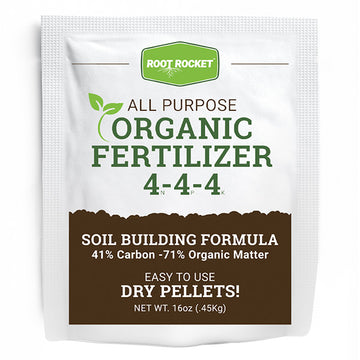
Border hedges create beautiful lines and curves in the home landscape. They define an area and add an upscale look. Border hedges can be sculpted to your liking. They can be rounded or angled, whatever fits your personality and landscape best. The ideal shrubs used for this landscape task tolerate pruning well and don’t grow too quickly, making them easier to maintain. The perfect border hedges are sculpted from boxwoods.
I know I know. Not everyone loves boxwoods. They don’t have the best track record for some gardeners, BUT there are so many wonderful new varieties that have amazing features like pest and disease resistance and vivid color (that won’t bronze in winter). Boxwoods can grow in sun or shade and are easy to grow. They also tolerate heat, drought, and pollution, and are deer resistant. Boxwoods are adaptable, versatile, and low maintenance. Whether for a border, foundation planting, mixed bed, topiary bush, potted plant, or hedge, boxwoods are a pretty perfect landscape shrub.
Best Boxwoods As Border Hedges

Baby Gem Boxwood
Buxus microphylla japonica 'Gregem'
Growing Zones: 5, 6, 7, 8, 9
Mature Size: 3 to 4 feet tall and wide
Description: The Baby Gem Boxwood is one of our favorite boxwoods for border hedges and beyond. This broadleaf evergreen has small, rich green leaves that densely coat the branches. These leaves maintain their color no matter the temperature extremes.
Dwarf English Boxwood

Buxus sempervirens 'Suffruticosa'
Growing Zones: 5, 6, 7, 8
Mature Size: 1 to 2 feet tall and wide
Description: This pretty boxwood is perfect for low border hedges. It has a puffy cloud-like habit and light green foliage.
Green Mountain Boxwood
Buxus x 'Green Mountain'
Growing Zones: 5, 6, 7, 8, 9
Mature Size: 4 to 5 feet tall and 2 to 3 feet wide
Description: This unusual boxwood is tall and narrow. It is perfect if you need some height in tight spaces. The Green Mountain also works as a privacy hedge that won’t grow too tall.
Green Velvet Boxwood
Buxus x 'Green Velvet'
Growing Zones: 5, 6, 7, 8, 9
Mature Size: 2 to 4 feet tall and wide
Description: The Green Velvet Boxwood bush is beautiful. The rich green foliage is lush and dense so it can handle even the most severe pruning with ease. This boxwood is terrific for topiary!
Variegated Boxwood

Buxus sempervirens 'Aureo-variegata'
Growing Zones: 5, 6, 7, 8
Mature Size: 4 to 5 feet tall and wide
Description: For something with a bit more pizazz try out this exciting variegated boxwood. The petite leaves are dark green with cream to yellow borders.
Winter Gem Boxwood
Buxus microphylla japonica 'Winter Gem'
Growing Zones: 5, 6, 7, 8, 9
Mature Size: 3 to 4 feet tall and wide
Description: This hardy boxwood has a naturally rounded habit. The Winter Gem stands up to heat and cold, always keeping its vibrant green color.
Wintergreen Boxwood
Buxus microphylla ‘Wintergreen’
Growing Zones: 5, 6, 7, 8
Mature Size: 2 to 4 feet tall and 3 to 5 wide
Description: This boxwood grows wider than it does tall so if you want a wide border hedge the Wintergreen boxwood is a great choice. This slow growing evergreen bush is very easy to maintain.
Boxwood Border Hedge Care
Boxwood border hedges are surprisingly easy to grow. In fact, once they are established, they require very little maintenance.
Newly Planted Boxwoods
Freshly planted boxwood bushes should be watered regularly. For the first 2 to 3 months water these plants deeply about twice weekly to help the roots grow properly and establish as quickly as possible. A one to two inch layer of mulch can be applied around these plants to help the ground hold water around the plant’s roots longer.
Established Boxwoods
Once your plants have been in the ground for a few months they don’t ask for much.
- I recommend watering deeply about once per week during periods of drought, especially during their first summer in the ground.
- Prune once or twice per year to keep your hedges looking tidy. The best time to prune evergreen hedges is in late spring or early summer after the spring flush of growth. Boxwoods will tolerate pruning well throughout the year. Avoid trimming plants in mid to late fall because pruning can stimulate new growth which can be damaged by harsh freezing temperatures.
- Boxwoods can be fed in spring with a balanced slow release fertilizer.
- For those of you that are in zones 5a, 5b or 6a, adding a thick inch layer of mulch around your boxwood plants before winter can help keep them healthy during harsh conditions.
Now you know all about boxwood border hedges! You have several hardy and attractive boxwood varieties to choose from. Get them planted and established, and you will have some spectacular landscape features that are very easy to maintain. Browse our boxwoods for sale for all of our boxwood shrub options. Happy planting!
You May Also Like:





